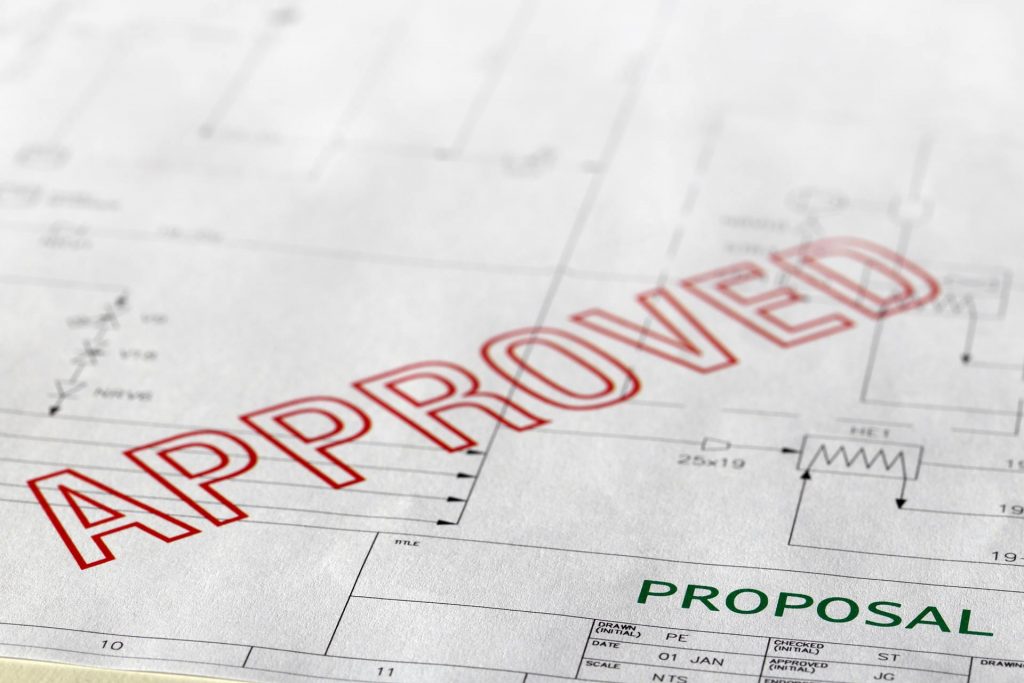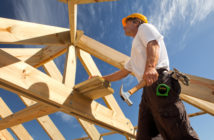Allowing certified building professionals to consent their own work may get houses built faster and for less cost, but insurance implications and the sector’s readiness are among concerns being raised

Building and Construction Minister Chris Penk plans to develop a new opt-in self-certification scheme for qualified building professionals and accredited businesses.
“The scheme, which will go through a robust consultation process, features two key pillars,” he says.
“The first is that qualified building professionals, such as plumbers, drainlayers and builders, will be able to self-certify their own work, for low-risk builds, without the need for an inspection. This brings them in line with electricians and gasfitters who can already do this and is something the industry has been calling for, for years.
“The second pillar is that businesses with a proven track-record – for example, group homebuilders who build hundreds of near identical homes a year – will be able to go through a more streamlined consent process.”
Institute of Building Surveyors president David Clifton says Penk is putting the cart before the horse.
He says more continuous professional development and greatly improved education in the construction sector are required before a self-certification scheme can be trusted.
“There is huge value in refining the consenting process to address time and cost concerns. In fact, there are examples where the time and costs of the consent processing outweigh the cost of the actual work. But these are at the fringes of the process, and so these proposed changes must strike the right balance between oversimplifying the process and protecting homeowners, businesses, and councils.”
The sector already wrestles with an alarmingly high rate of failed inspections, so removing a Building Consent Authority’s process of consenting could risk further failures, Clifton says.
He thinks the priority should be improving the professional development and education of builders and consultants before culminating in self-certification.
“We believe that Licensed Building Practitioners (LBPs) need further training to be adequately prepared for any proposed change for self-certification.
“The market must have confidence the sector can deliver with minimal defects from design, to build and completion. This can only be achieved with the process of further education for the sector, and confirmation of this working via independent inspections.”
Penk says building professionals are already subject to quality assurances such as requirements to be registered and hold a practicing license; keep records of their work; and have their details held in a publicly searchable database.
However, as part of the scheme’s design, he says there will be additional safeguards including:
- a clear pathway that customers can access to remedy poor work,
- strengthened qualification requirements for building professionals, and
- strict disciplinary actions for careless or incompetent self-certifiers
“The self-certification scheme will be restricted to low-risk, basic residential dwellings,” Penk adds.
“We know from international evidence that most defective building work happens in complex large developments – we want inspectors to focus their resources on this kind of work.”
Another concern Clifton has is the reliance on the licensing bodies’ guarantees as an insurance policy. He says this is not correct or workable – they are schemes to protect their members and have little effective consumer protection.
Clifton says this raises the question of whether the Government intends to provide indemnification schemes for LBPs to enable this process of self-certification to be implemented.
“Our sources indicate that professional indemnity insurance is not currently widely accessible, other than for large-scale design and build contracts.
“It might be considered there are alternatives via licensing bodies, such as Master Builders. But, with the sheer cost of a scheme, we feel they would not be able to support a full professional indemnity policy, like Registered Building Surveyors hold, for each building company.”
Former Building Guide Publisher, Mark Graham is calling the plan “madness”.
“Group Home Builders operate on a franchise system. Clients have a contract with individual franchisees who often don’t have the financial backing to fix major issues,” Graham says.
“The Master Builders guarantee that many clients rely on for peace of mind is, as with any insurance company, hard to claim on and minimised wherever possible. Furthermore, re-insurance companies largely pulled out of the NZ market because of the overall quality of our construction industry.”
While Graham is pleased with the promise of stricter enforcement of what regulations there are, he is not optimistic.
“I suspect we’ll be heading into another leaky homes disaster.”
Penk acknowledges that the building consent system is intended to protect homeowners from defective building work by requiring work to be inspected and consented by a Building Consent Authority, but says the regime is inefficient and adds cost and time to the build process.
“It takes on average 569 days for a home be built and consented. At the moment, a single-story basic home might go through 10 or more separate inspections. This is clearly too many and the cost-benefit has become unbalanced.
“Under the current consent settings, councils and their ratepayers are liable for all defective work. This naturally creates a highly conservative approach to consenting, which further slows the process. A model where building practitioners shoulder more of the risk should incentivise better quality work and lower the liability risk for ratepayers,” Penk says.
“We will make detailed policy decisions in the new year following thorough consultation, which will consider what residual role existing Building Consent Authorities should have in the self-certification scheme, for example through an auditing function.”












